Child labor is an issue that always receives much attention from the Party and the State. With continuous efforts in many fields, the situation of child labor has decreased significantly in recent years, but it is still an existing problem that needs to be solved.
Therefore, in recent times, Vietnam has implemented many measures and policies to prevent and minimize child labor and better ensure basic rights for children.
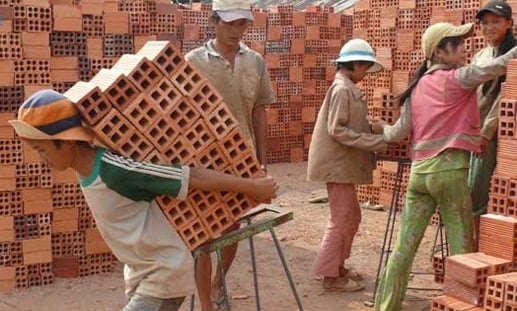 |
| Child labor remains a difficult problem. (Source: Dai Doan Ket) |
Current status of child labor
According to the provisions of the Law on Children 2016, a child is a person under 16 years old. Therefore, child labor is a worker under 16 years old working for an employer.
In Vietnam, there are many causes of child labor. Most of them are due to economic factors or family traditions… child labor can lead to serious physical and mental effects on children, even death.
In some cases, children are denied education and health care; their basic rights are restricted and their future is threatened. Worse, it can lead to slavery, sexual or economic exploitation.
According to statistics from the Ministry of Labor, War Invalids and Social Affairs, currently, of the total number of children participating in labor, 1,031,944 are identified as child laborers, accounting for 5.4% of the total number of children from 5 to 17 years old (in 2012, this rate was 9.6%).
Among child laborers, 519,805 children do heavy, toxic, and hazardous work, accounting for 2.7% of the total number of children aged 5 to 17, and 29.6% of economically active children. Children doing heavy, toxic, and hazardous work often appear in the industrial and construction sectors and tend to be high; 20.1% of child laborers work more than 42 hours/week; 20.9% of children aged 15 to 17 in rural areas are no longer in school.
Child labor occurs mainly in areas with difficult economic conditions, poor households, and remote areas. According to the 2018 child labor survey, 84% of child laborers in Vietnam are concentrated in rural areas and more than half of them work in the agriculture, forestry, and fishery sectors. Other areas with a lot of child laborers include: services, industry, and construction. About 40.5% of child laborers are unpaid household workers.
Climate change, epidemics, and natural disasters are also factors that cause child labor to increase. A report by the Ministry of Labor, War Invalids, and Social Affairs shows that 70% of child laborers come from poor or near-poor families.
Child labor often occurs in traditional craft villages such as weaving, embroidery, sewing, carpentry, etc. on a household scale. Children are an indispensable source of labor for households doing traditional crafts to help their families increase their income. For example, in craft villages in Canh Nau and Binh Phu communes (Thach That, Hanoi), there are currently from 190 to more than 200 children who have to work early or are at risk of working early; many other craft villages in Chuong My, Gia Lam, Hoai Duc, Thuong Tin, Thanh Oai districts, etc. also have child labor. In total, districts with craft villages in Hanoi currently have about 30,000 child laborers.
 |
| Workshop on Prevention and Reduction of Illegal Child Labor in 2024 on June 11, in Hanoi. (Source: Ministry of Labor, Invalids and Social Affairs) |
Vietnam's actions
Over the years, with its commitment, Vietnam has always strived to implement many synchronous solutions to minimize child labor.
Firstly, perfecting laws and policies in harmony with international law on child labor. Many legal documents related to children have been studied, promulgated, supplemented and amended in accordance with practice and international law such as: Law on Children 2016; Revised Labor Code 2019, especially Decision No. 782/QD-TTg dated May 27, 2021 approving the Program on prevention and reduction of illegal child labor for the period 2021 - 2025, with a vision to 2030...
In addition, action programs have been issued to minimize the causes of child labor such as: National target program on sustainable poverty reduction for the period 2021-2025; National target program on new rural construction for the period 2021-2025; National target program on socio-economic development for ethnic minority and mountainous areas...
Solutions to prevent and reduce the number of children participating in economic activities and sustainable child labor are closely linked to social security policies and poverty reduction policies in Vietnam that have been implemented more and more promptly and effectively. Children in poor and near-poor households are given priority in the application of State support policies on health insurance and social assistance.
Many models and solutions have been implemented through Government programs and projects and international cooperation and aid to directly prevent and resolve child labor as well as integrate into socio-economic development plans, achieving effectiveness and sustainability: Supporting the creation of livelihoods for households with children at risk or who are child laborers; improving working conditions and environments suitable for children in traditional craft villages and informal economic sectors; supporting children at risk of becoming child laborers to not drop out of school.
As of September 2023, the Vietnam Children's Fund has mobilized over 1,700 billion VND and hundreds of thousands of tons of goods and materials to support over 7.6 million children in special and difficult circumstances across the country.
Second , raise awareness about preventing and reducing child labor. Through mass media, seminars, forums, etc. to raise people's awareness of the state's legal policies on child labor.
Organize dialogues with businesses and employers to eliminate child labor in the supply chain, especially in the agricultural supply chain in the context of international integration, focusing on vocational education solutions. Use communication to raise awareness for mothers and families to reduce child labor from the root...
Third, improve the capacity of staff from central to local levels to prevent and reduce child labor. Develop documents and guidelines on the prevention and reduction of child labor, especially how to identify child labor; support and intervention processes for child labor... to improve the capacity of tripartite partners (relevant sectors and levels, VCCI, the Cooperative Alliance and the Vietnam General Confederation of Labor); specify prevention solutions to suit local conditions, schools...
Fourth, deploy a model of preventive intervention and removing children from child labor in some localities (Hanoi, An Giang and Ho Chi Minh City).
Establish a network of monitoring and surveillance systems for local beneficiaries; support education and career guidance services for child labourers and children at risk of becoming child labourers in conjunction with the implementation of the “Understanding Business” curriculum; support children aged 14-17 to access vocational skills training and apprenticeships in conjunction with improved employment prospects; improve community-based economic status and sustainable employment opportunities for family members of child labourers/children at risk, including beneficiaries aged 15-17.
Fifth, international integration and cooperation activities on the implementation of children's rights have been strengthened. In May 2022, Vietnam attended the 5th World Conference on the Elimination of Child Labour in Durban, South Africa. Here, Vietnam pioneered the commitment to implement Target 8.7 to eliminate child labour by 2025.
In addition, many other solutions have been issued synchronously such as: building and strengthening the system of monitoring, supervision and evaluation of child labor; implementing processes and networks for prevention, detection, support and intervention of child labor and children at risk of becoming child labor; strengthening inter-sectoral coordination and inspection and supervision work to achieve the goal of eliminating child labor in the coming years.
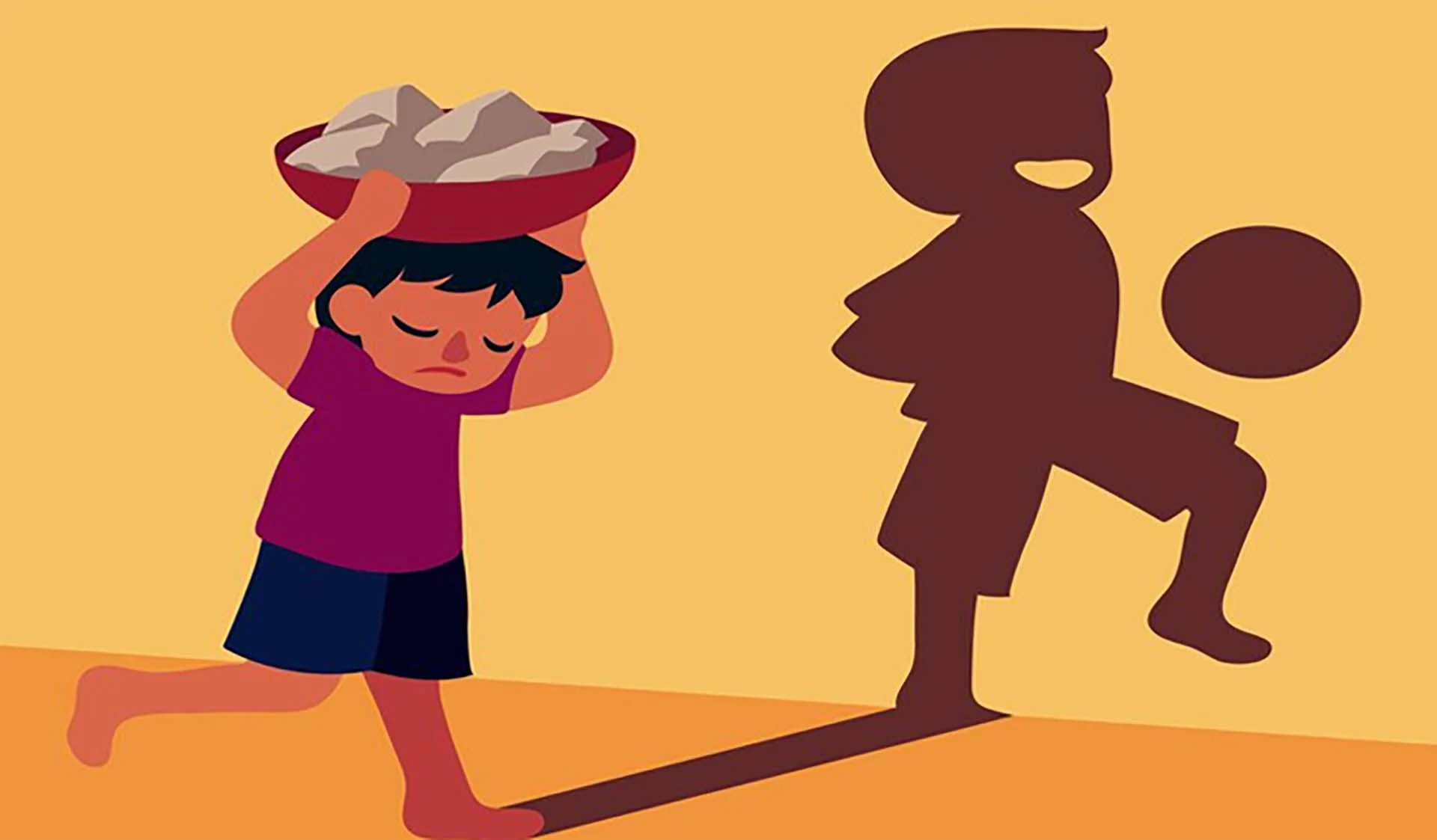 |
| The world has made great progress in reducing child labor, but is also witnessing global trends reversing. (Illustration photo) |
Goal of eliminating child labor
However, the goal of eliminating child labor still faces many difficulties and challenges:
Child labor in the informal sector is difficult to control and detect; the impact of epidemics, natural disasters, and climate change reduces economic conditions, threatens the livelihoods of households, disrupts supply chains, causes unemployment, and families lose their economic breadwinner when someone dies.
The emergence of online fraud and enticement increases the risk of children and minors becoming child laborers and being trafficked and exploited, especially children in remote areas without access to education and social security services.
Awareness of all levels, sectors, grassroots cadres, employers, parents, childcare workers and children on child labor prevention is inadequate; the cadres of all sectors and levels, especially at the local level, are lacking and have limited capacity to detect child labor cases in the community; lack of inspectors makes it difficult to conduct labor inspections and checks, especially in the informal sector, where many children participate in labor; financial limitations in implementing prevention, support and intervention models.
To achieve the goal of eliminating child labor, the coming time needs to focus on the following solutions:
Continue to research, develop and improve laws and policies on children, ensure the implementation of rights and reduce child labor: Law on Teachers, Law on Lifelong Learning, Law on Juvenile Justice, Law on Disease Prevention, Law on Health Insurance (amended), Law on Prevention and Combat of Human Trafficking (amended), Law on Personal Data Protection, etc.
Continue to promote the implementation of Action Programs to reduce and eventually eliminate child labor : Program for preventing and reducing child labor 2021-2025, with a vision to 2030, while implementing target 8.7 on eliminating child labor, integrating child labor in the child protection system with poverty reduction issues in the National Target Program on Sustainable Poverty Reduction 2021-2025... Summarize lessons and experiences, document the project "Technical support to improve national capacity to prevent and reduce child labor in Vietnam".
Strengthen communication, raise awareness and capacity for employers, communities, teachers, parents and children in the agricultural sector, supply chains, production and business households, especially employers in craft villages, production and business establishments, households and informal economic sectors with children learning vocational skills and participating in labor; build a communication model to prevent and reduce child labor using the SCREAM method "Supporting children's rights through education, arts and media".
Continue to deploy services and models to support and intervene in child labor : Process of supporting and intervening in child labor in the child protection service system associated with the model of early detection, support and intervention in child labor; Model of career counseling for children suitable to the needs and interests of children, the needs of the labor market...
1 Poverty rate has decreased sharply. In 1993, the national poverty rate was 58.1%, by the end of 2023 it had decreased to 2.93%, equivalent to 815,101 poor households according to the multidimensional poverty standard.
According to statistics from the Ministry of Labor, War Invalids and Social Affairs, currently, of the total number of children participating in labor, 1,031,944 are identified as child laborers, accounting for 5.4% of the total number of children from 5 to 17 years old (in 2012, this rate was 9.6%). Among child laborers, 519,805 children do heavy, toxic, and dangerous work, accounting for 2.7% of the total number of children aged 5 to 17, and 29.6% of economically active children. Children doing heavy, toxic and dangerous work often appear in the industrial and construction sectors and tend to be high; 20.1% of child laborers work more than 42 hours/week; 20.9% of children aged 15 to 17 in rural areas are no longer in school. |
Source: https://baoquocte.vn/no-luc-giam-thieu-lao-dong-tre-em-tai-viet-nam-293868.html


![[Photo] General Secretary To Lam attends conference to meet voters in Hanoi city](https://vstatic.vietnam.vn/vietnam/resource/IMAGE/2025/4/17/889ce3da77e04ccdb753878da71ded24)

![[Photo] Hundred-year-old pine trees – an attractive destination for tourists in Gia Lai](https://vstatic.vietnam.vn/vietnam/resource/IMAGE/2025/4/17/25a0b7b629294f3f89350e263863d6a3)
![[Photo] President Luong Cuong receives UN Deputy Secretary General Amina J.Mohammed](https://vstatic.vietnam.vn/vietnam/resource/IMAGE/2025/4/17/72781800ee294eeb8df59db53e80159f)
![[Photo] North-South Expressway construction component project, Bung - Van Ninh section before opening day](https://vstatic.vietnam.vn/vietnam/resource/IMAGE/2025/4/17/ad7c27119f3445cd8dce5907647419d1)
![[Photo] President Luong Cuong receives Lao Prime Minister Sonexay Siphandone](https://vstatic.vietnam.vn/vietnam/resource/IMAGE/2025/4/17/337e313bae4b4961890fdf834d3fcdd5)


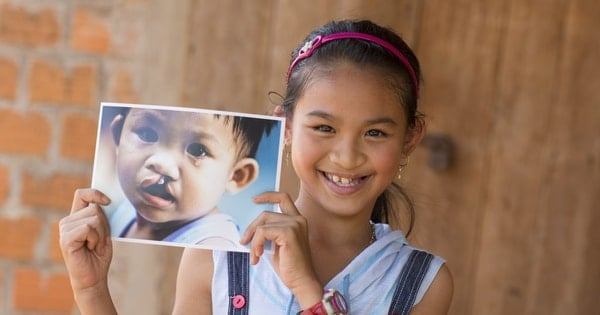

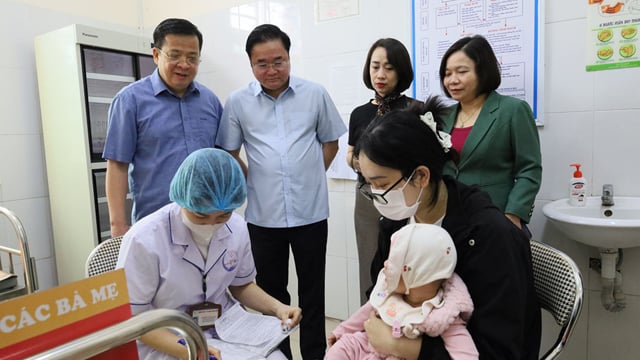

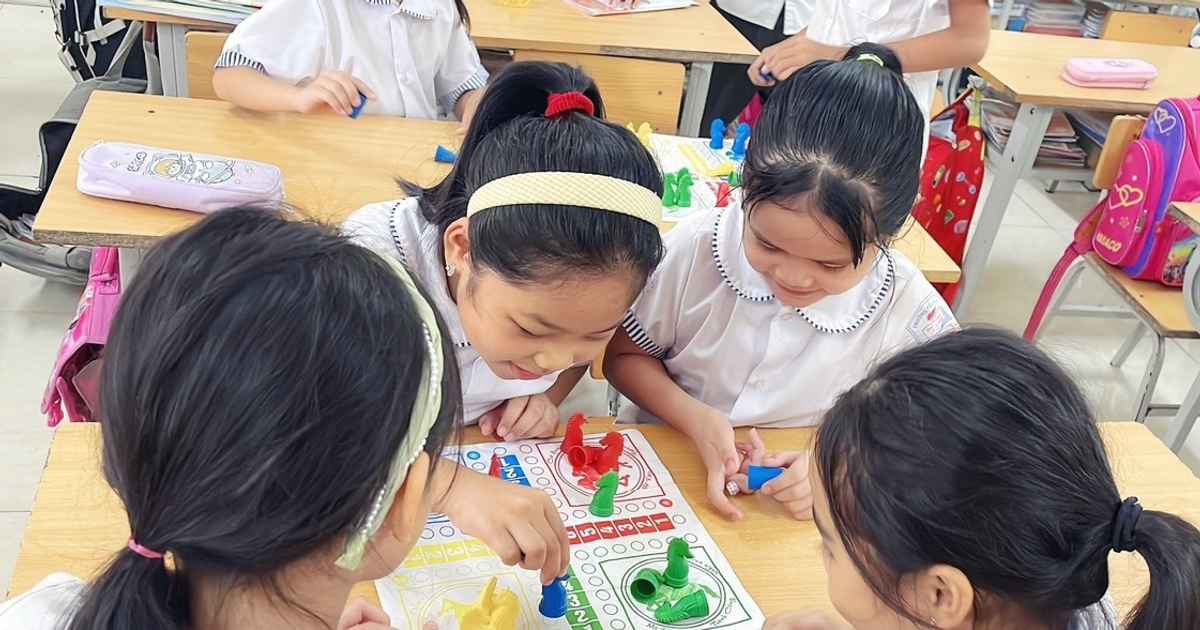





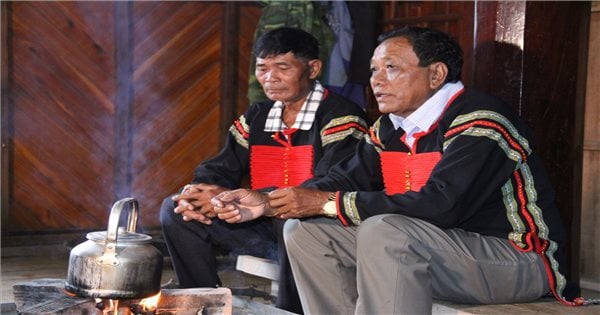
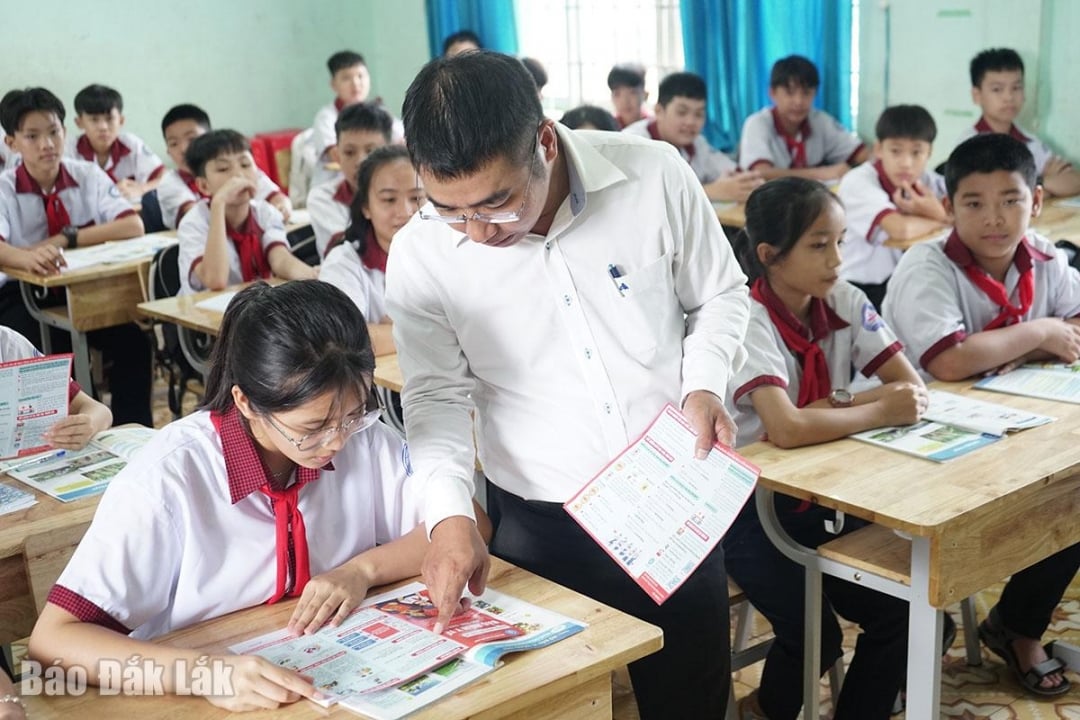
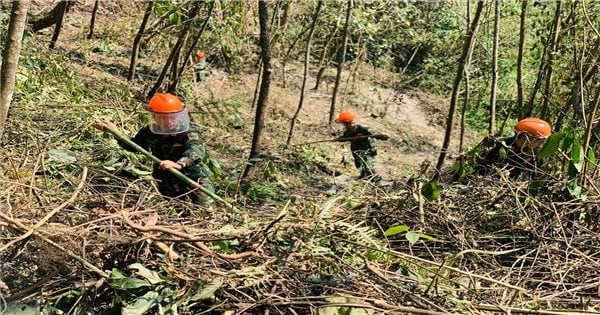
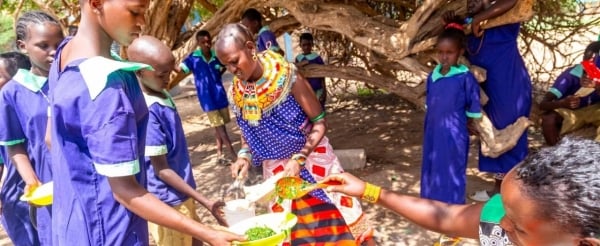
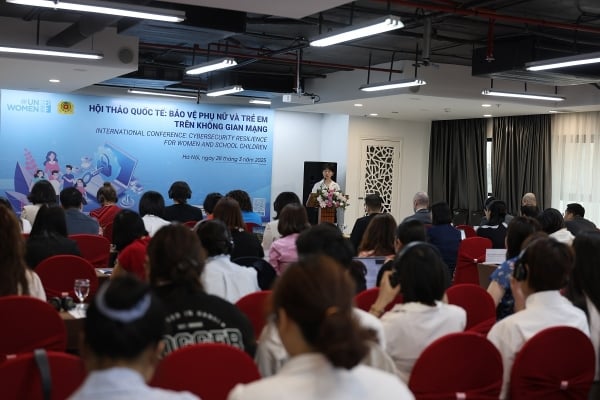


















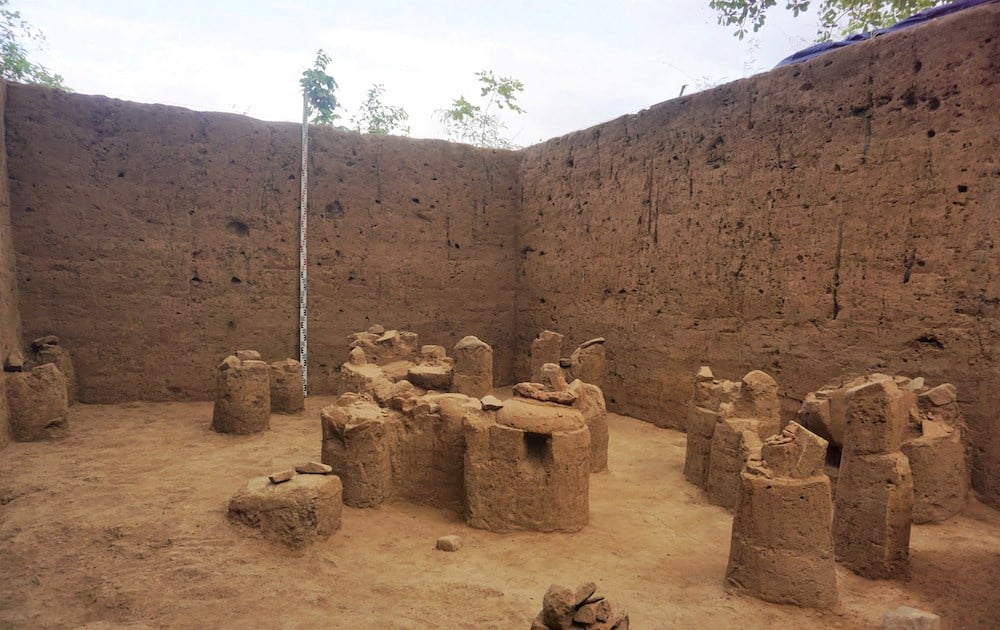














![[Video] Viettel officially puts into operation the largest submarine optical cable line in Vietnam](https://vstatic.vietnam.vn/vietnam/resource/IMAGE/2025/4/17/f19008c6010c4a538cc422cb791ca0a1)
























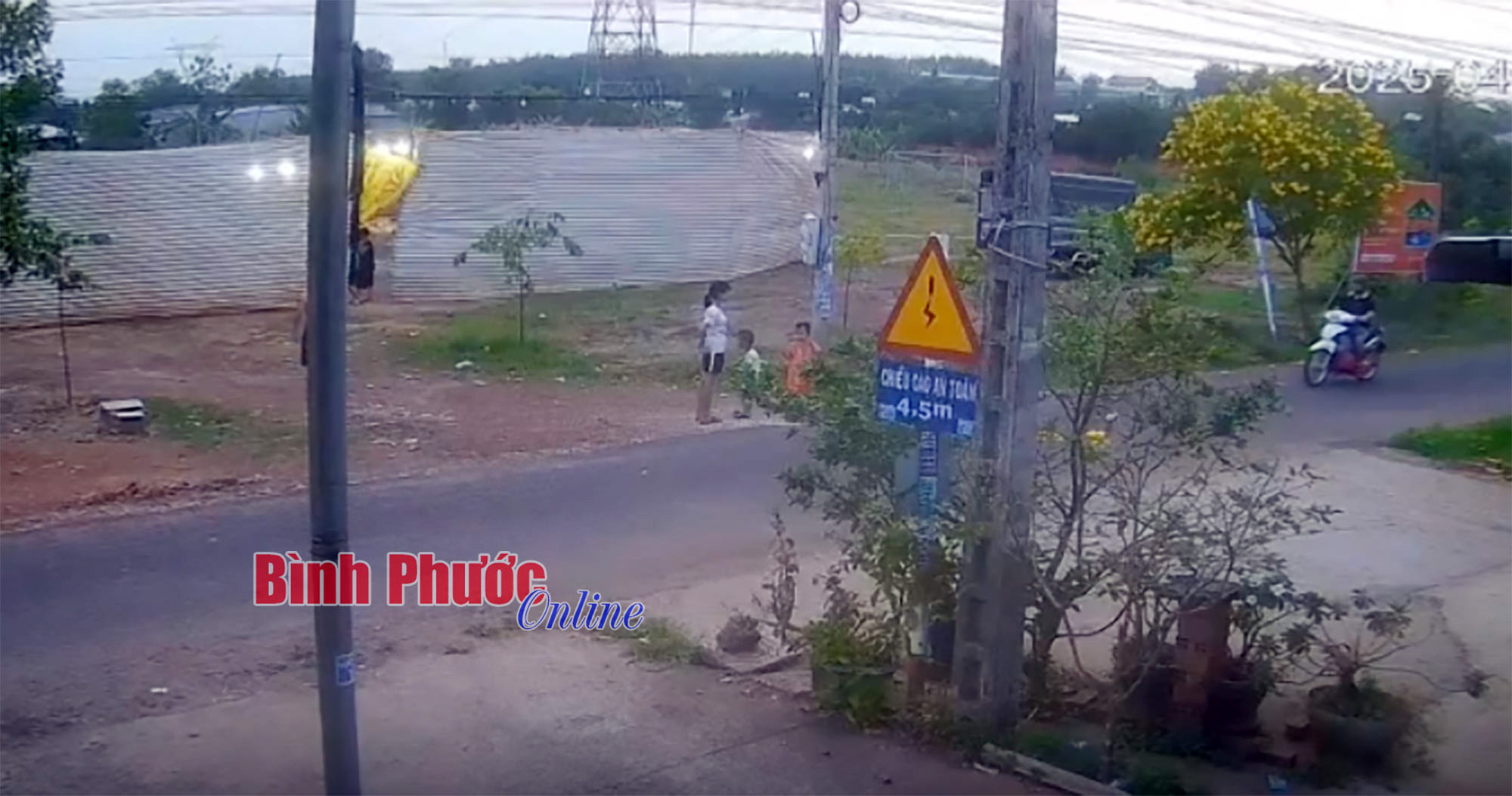



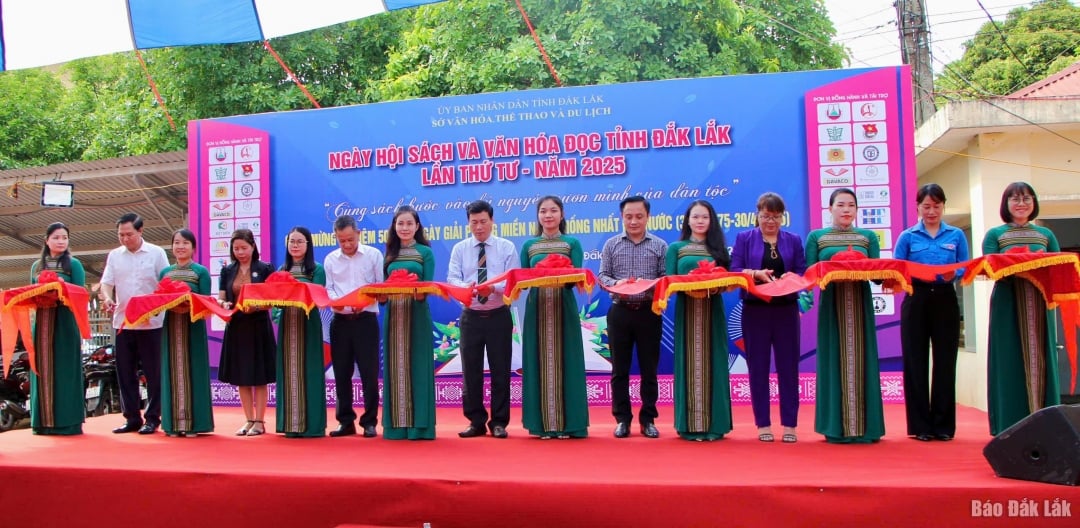
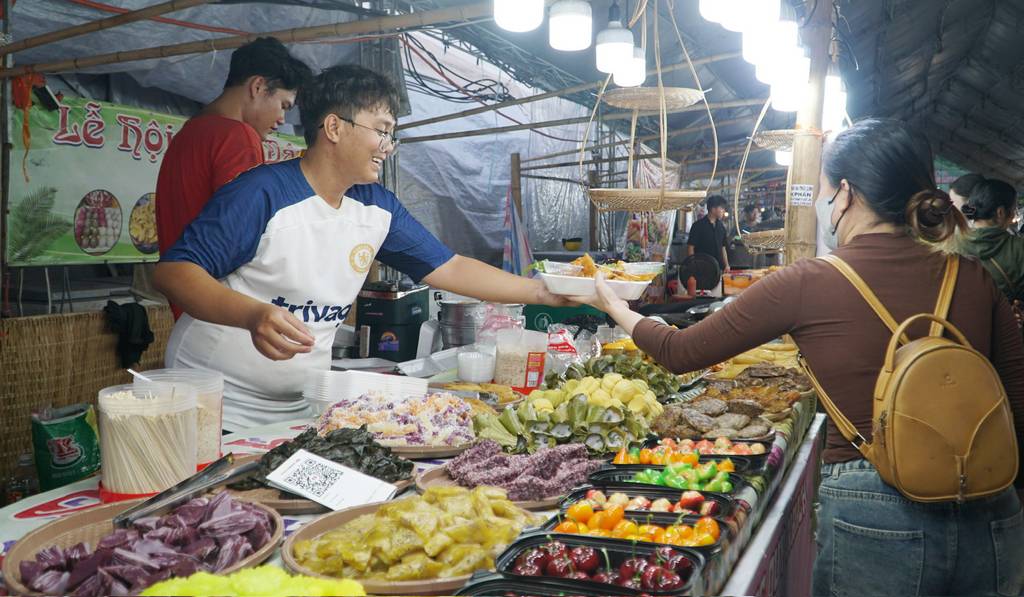
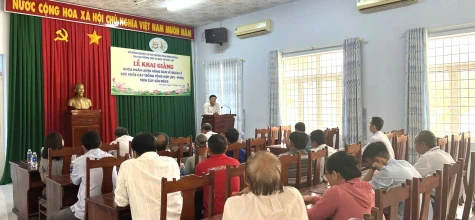





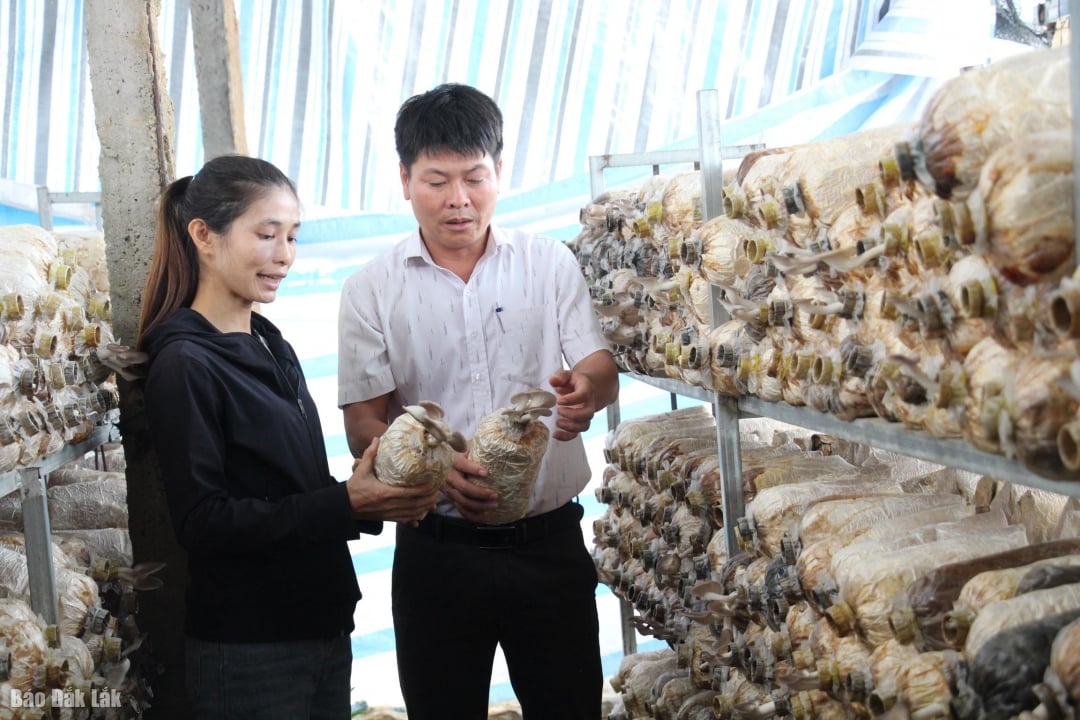
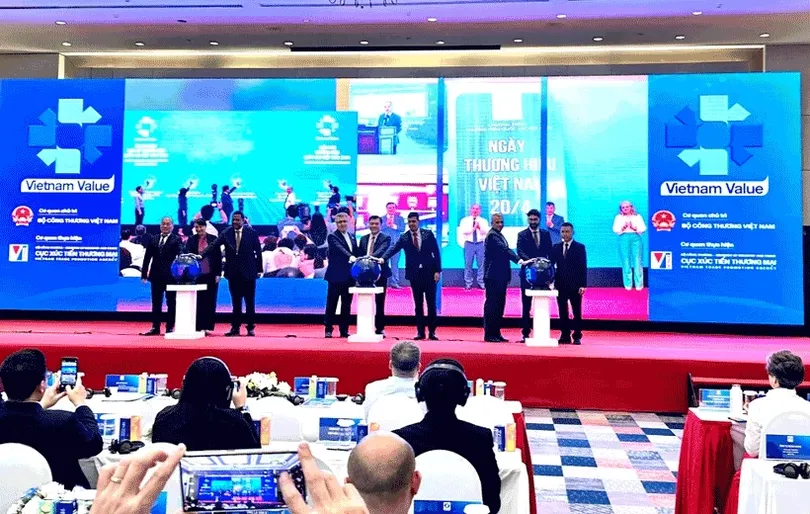



Comment (0)